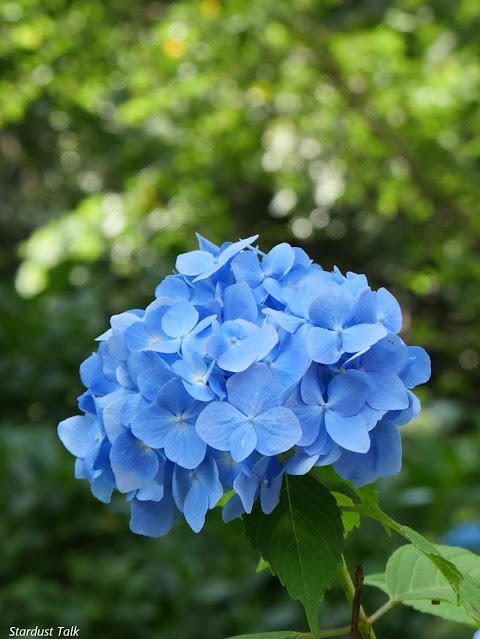Hearing from my daughter that her family had a great time at the Expo 2025
at Yumeshima Island, Osaka,
I made up my mind suddenly to visit there just to see what it is like.
I registered for an Expo ID, bought a week-day ticket, reserved admission date and time,
and I was there the next day May 8th.
The white big circle in the map below is the Grand Ring, which is a representative symbol
of the Expo Osaka and is the largest architectural structure in the world.
The central zones of the venue with overseas pavilions is enclosed within the Grand Ring
as the notion of the world as one.
Though Japan Pavilion itselfl is outside the Ring, other Japanese pavilions are inside the Ring.
The Grand Ring is a vast circular structure with a circumference of 2 kilometers.
The Skywalk, the pathway on the roof, is two-tired, rising 12 to 20 meters high.
It is made of local woods, from hinoki cypress to sugi cedar.
Under the Ring is shaded and very cool with comfortable breeze from the sea.
It is the fusion of cutting-edge and traditional Japanese carpentry nuki-joints techniques
seen in Japanese shrines and temples.
Metal reinforcements are added for anti-earthquake measures.
Nuki is Japanese style of joint connection.
The Forest of Tranquility located at the center of the Expo site symbolizes
humans' coexistence and harmony with nature.
It is a relaxing place amid the hustle and bustle of the site.
There are many fantastic buildings I've never seen before.
The unique, distinctive, experimental architecture is possible
because the temporal pavilions are not subject to the building standard code.
Some pavilions including Portugal, Commons-D, The US, France, Ireland,
Canada, and Germany Pavilions
Autonomous trash box robots patrol about 2-kilometer Grand Ring
except on rainy days and extremely crowded days.
Visitors can dispose of trash as they pass by.
I walked along the Ring looking over the pavilions and the sea as well as skywatching.
A large globe "Earth at Night" with a diameter of 1 meter is Wajima-nuri lacquerware which is
characterized by the delicate beauty of its jet black and gold coloring.
The globe is a symbol of reconstruction, having miraculously remained undamaged in the Noto Earthquake January 1st, 2024.
The sun is setting over the Rokko Mountains.
I'll return in the late September as I could reserve admission to Italy Pavilion.










































